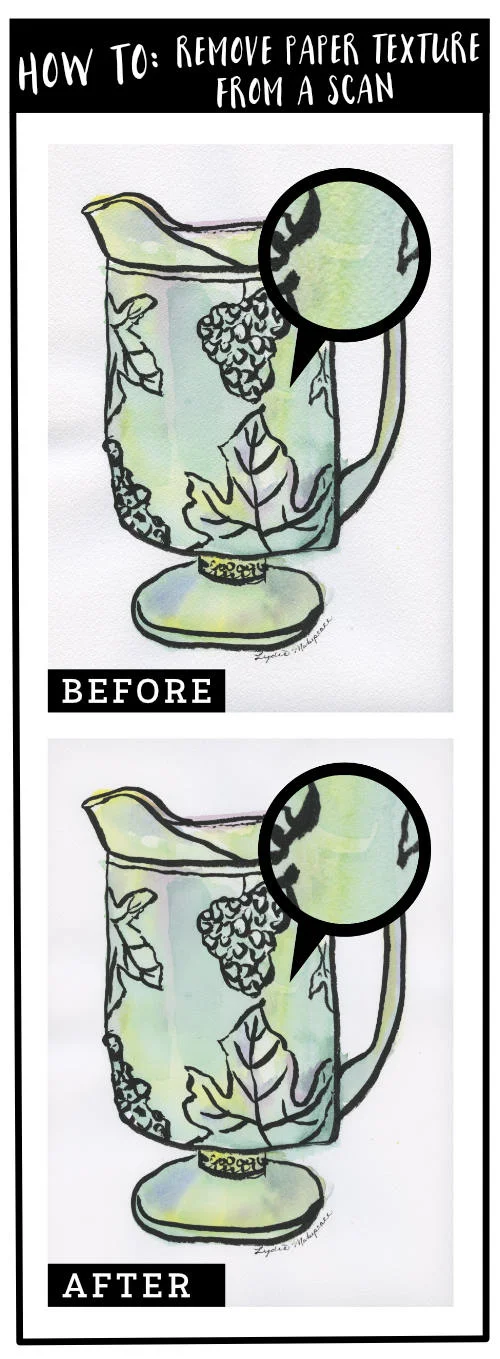The Beginner’s Guide to Watercolor Supplies
If you’ve ever yearned to give painting a try, watercolor is a great medium to start with. It’s relatively inexpensive and requires only a few supplies to begin. To help you navigate this new world I’ve compiled a list of basic watercolor painting supplies that are affordable without sacrificing quality.
1. The Watercolor Bible
One of the biggest obstacles beginners face is not knowing where to start or what to paint. My favorite instructional book is Watercolor Class by Michael Crespo. His laid back approach makes learning new skills a playful process. The book is structured with simple lessons and assignments that help you grow in confidence and skill step by step. I especially love that he includes student paintings to illustrate each lesson. It’s encouraging to see other people’s imperfect paintings too ;)
Watercolor Class is available for purchase on Amazon
2. Paint
I now use the professional line of Winsor & Newton watercolor paints but my very first paints were a set of Van Gogh watercolors that still have a special place in my heart. Watercolor paint most commonly comes in the form of pans and tubes. Pans are great for travel but tubes allow you to mix large quantities of color and offer greater flexibility when you’re just starting out.
Van Gogh Watercolor Set of 10 available here
3. Brushes
When it comes to brushes you really only need a few. Professional brushes are made of natural hairs whilst more economical versions are made of synthetic bristles. The Cotman series of synthetic watercolor brushes from Winsor & Newton are an excellent value for beginners. Below are the brushes I recommend to start your collection.
4. Paper
Professional watercolor paper is an ABSOLUTE MUST even if you’re a beginner. Professional papers are made of 100% cotton and have a carefully applied amount of sizing. Sizing is what allows the watercolor paint to sit on the surface of the paper so that the colors remain vibrant.
Inferior student papers are made using wood pulp and are much less resilient than their cotton counterparts. Cheap paper produces muddy lackluster colors even with the finest of paints. There are a number of highly regarded professional papers but Arches remains the most popular and beloved. It is also more widely available and offers the largest variety in texture, weight and size.
Watercolor paper comes in three textures:
Hot Press - has a smooth texture
Cold Press (sometimes referred to as Not) - has a semi textured surface
Rough - has a highly textured surface
Watercolor paper also comes in different weights which refers to the paper’s thickness. The heavier the weight of the paper the less you’ll have to worry about the paper buckling when large amounts of water are applied. The two most common weights are 140lb and 300lb.
Paper can be purchased in sheets (usually 22” x 30”) but I recommend getting a pad of paper when starting out. They’re smaller in size and less intimidating when you’re worried about making mistakes or wasting paper.
For your first watercolor paper purchase consider 140lb cold pressed paper. Cold pressed paper is the most versatile texture and 140lb paper is an economical choice for beginners.
Arches 9 x 12, 140lb watercolor pad available here
5. Palette
Palettes come in many shapes and sizes and are made of plastic, porcelain or enameled metal. Plastic palettes are cheap but tend to stain and cause the paint to bead and separate. Of all the palettes I’ve used the basic butcher tray is my favorite. It’s inexpensive, made to last, and provides a large mixing area.
Butcher Tray Palette in 3 sizes available here
If you have any questions I’m happy to help! I LOVE spreading the joy of painting :D















